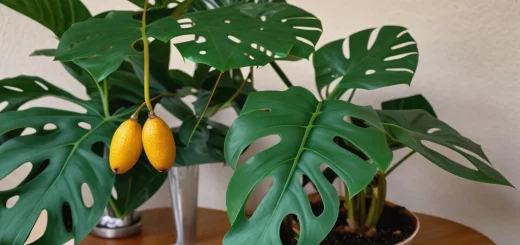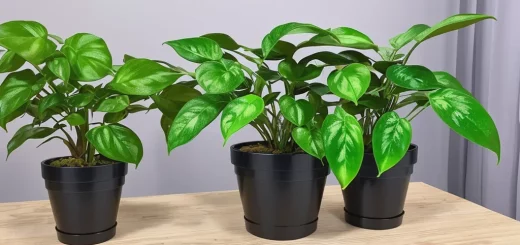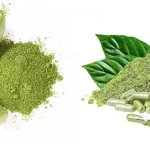Cissus Discolor: A Guide for Caring 2024

Table of Contents
Cissus discolor, commonly known as the Rex Begonia Vine, is a stunning and unique houseplant admired for its striking foliage. This tropical vine adds a touch of elegance to any indoor garden with its vibrant colors and interesting leaf patterns. Whether you’re new to houseplants or a seasoned gardener, this guide will help you successfully grow and care for Cissus discolor.
Understanding Cissus Discolor
Cissus discolor belongs to the Vitaceae family and is native to Southeast Asia. This plant is often referred to as the Rex Begonia Vine due to its resemblance to Rex Begonia plants. It features elongated, heart-shaped leaves with silver, green, and maroon variegation, creating a dramatic visual appeal.
Ideal Growing Conditions
Light: Cissus discolor thrives in bright, indirect light. While it can tolerate some direct sunlight, too much can scorch its delicate leaves. A north or east-facing window is ideal, providing ample light without harsh rays.
Temperature: This tropical plant prefers warm temperatures between 65-80°F (18-27°C). Protect it from cold drafts and temperatures below 60°F (15°C) to prevent stress and damage.
Humidity: High humidity is essential for Cissus discolor. Aim for humidity levels around 60-70%. You can increase humidity by misting the plant regularly, using a humidity tray, or placing a humidifier nearby.
Planting and Potting
Soil: Use a well-draining potting mix rich in organic matter. A mix designed for tropical plants or a combination of peat moss, perlite, and orchid bark works well.
Pot: Choose a pot with drainage holes to prevent water from accumulating at the bottom. Cissus discolor can be grown in hanging baskets or containers with a trellis for support.
Watering and Feeding
Watering: Keep the soil consistently moist but not waterlogged. Water when the top inch of soil feels dry. During the winter months, reduce the watering frequency, allowing the soil to dry out slightly between waterings.
Feeding: Feed your Cissus discolor every 4-6 weeks during the growing season (spring and summer) with a balanced, water-soluble fertilizer. Reduce feeding during the fall and winter when the plant’s growth slows down.
Pruning and Maintenance
Regular pruning helps maintain the shape and size of your Cissus discolor. Trim back any leggy or overgrown stems to encourage bushier growth. Removing yellow or damaged leaves keeps the plant looking healthy and vibrant.
Propagation
Cissus discolor can be propagated through stem cuttings. Here’s how:
- Take Cuttings: Cut a healthy stem about 4-6 inches long, just below a leaf node.
- Remove Lower Leaves: Remove the leaves from the lower half of the cutting.
- Root in Water or Soil: Place the cutting in a glass of water or plant it directly in moist potting soil. If rooting in water, transfer the cutting to soil once roots have developed.
- Provide Proper Care: Keep the soil moist and place the cutting in bright, indirect light.
Common Problems and Solutions
Yellowing Leaves: This can indicate overwatering or poor drainage. Ensure the pot has drainage holes and allow the soil to dry slightly between waterings.
Leaf Drop: Often caused by sudden changes in temperature or humidity. Keep the plant in a stable environment with consistent care.
Pests: Cissus discolor can be susceptible to spider mites, aphids, and mealybugs. Regularly inspect the plant and treat any infestations with insecticidal soap or neem oil.
Conclusion
Cissus discolor, with its spectacular foliage and easy-care nature, makes a stunning addition to any indoor garden. By providing the right conditions and regular care, you can enjoy the beauty and elegance of this tropical vine. Whether cascading from a hanging basket or climbing a trellis, Cissus discolor brings a touch of exotic charm to your home.
Follow these guidelines to ensure your Rex Begonia Vine thrives and adds a vibrant touch to your indoor space. Happy gardening!







